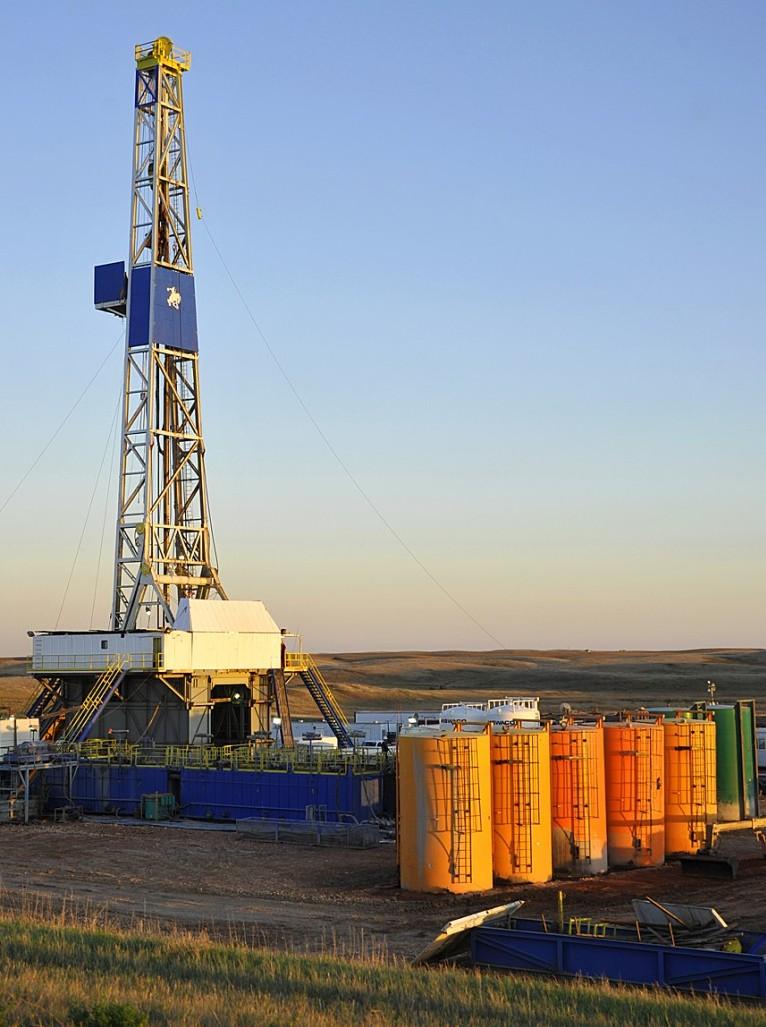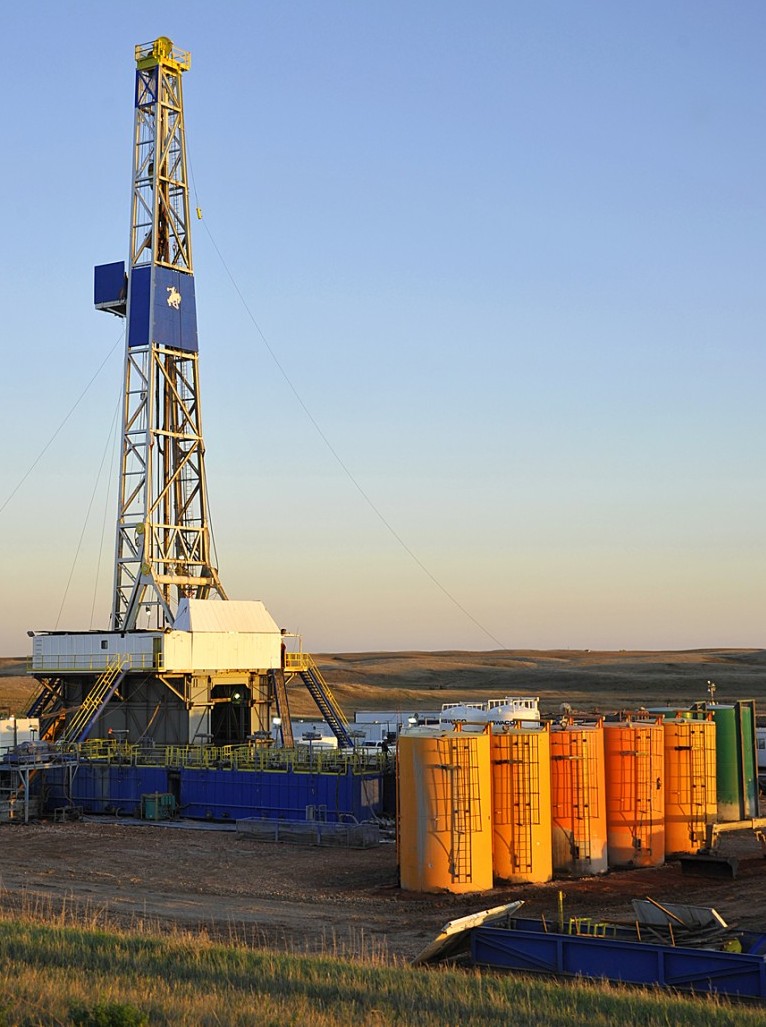While the rest of America may live in economic times that lean toward the Great Depression, citizens of Williston, N.D. are living in an era that reflects the Roaring ‘20s.
“A multimillion-dollar recreation center, multimillion-dollar expansions on our medical activities, 200-acre retail commercial district ... and more will be breaking ground shortly,” said Tom Rolfstad, executive director of Williston Economic Development.
According to the Bakken Shale report of October 2011, North Dakota produced a record 444,142 barrels of oil per day this past August. One barrel equals 42 gallons.
“Our tax collections are tremendous right now because of our economic activity,” said Rolfstad.
The multimillion-dollar recreation center, to be completed this spring, was funded through a one-cent tax, according to Rolfstad. For every dollar spent, one cent goes to tax.
“Should this economic [oil] engine falter ... a 1 percent tax would still be sufficient to continue park district operations,” according to the Williston Parks and Recreation website.
The town is flourishing from the Bakken Shale reservoirs. The oil was discovered in 1951, but no extractions have been made until recent years. According to the U.S. Geological Survey in 2008, the estimated recoverable oil from Bakken is from 3.0 to 4.3 billion barrels.
It is yet to be determined if the area in the upper part of the Bakken Shale, known as the Three Forks Zone, is a separate oil reservoir or a part of the Bakken.
“If the Three Forks is a separate reservoir, it could hold as much if not more than the Bakken Shale,” according to the Williston Bakken website. Several oil companies have discovered positive results from the Thee Forks Zone.
“With the current extraction, you are looking at 20 years [worth of oil]. ... It is still unknown how much is recoverable in the Bakken,” Rolfstad said.
“It can get a lot higher once things are figured out,” he said.
Although Williston has been through several oil “boom and bust” since the ‘50s, this one is different. “Oil is not likely to run out. This one is a lot more technology driven,” Rolfstad said.
Williston has one of the largest oil refineries in the lower 48 states. It currently has 200 active drilling wells, according to the Chamber of Commerce.
“Oil is the main economic driver. As long as that moves forward, we will be at a very low unemployment rate,” said Rolfstad. The current unemployment rate for Williston is less than 1 percent.
“I always see signs from Taco Johns offering employees $15 an hour,” said an official from the Chamber of Commerce in a phone interview with The Epoch Times.
According to the Williston city website, “Over 1,200 job openings are available at any given time in the area.” The mass influx of the unemployed from various areas has created a problem.
Housing Shortage
“You see a lot of people living in campers across town,” said Suzy Manson, a Williston realtor. “It would be nice to have more houses to sell.”
“We are building as fast as we can. What people don’t realize is we are hiring contactable but the contractors don’t have anywhere to live either,” Rolfstad said.
Within the past three years, 2,000 housing units and nine hotels have been built. Over 1,000 apartment units and 400 single-family homes will be available this summer, according to Rolfstad.
“Yet it’s still going to be several years before we see the light at the end of the tunnel,” he said.
Sewer expansions, regional water projects, and new truck delivery routes are all being worked on at once.
“We have a shortage in any sort of shortage you can think of,” Rolfstad said.








Friends Read Free